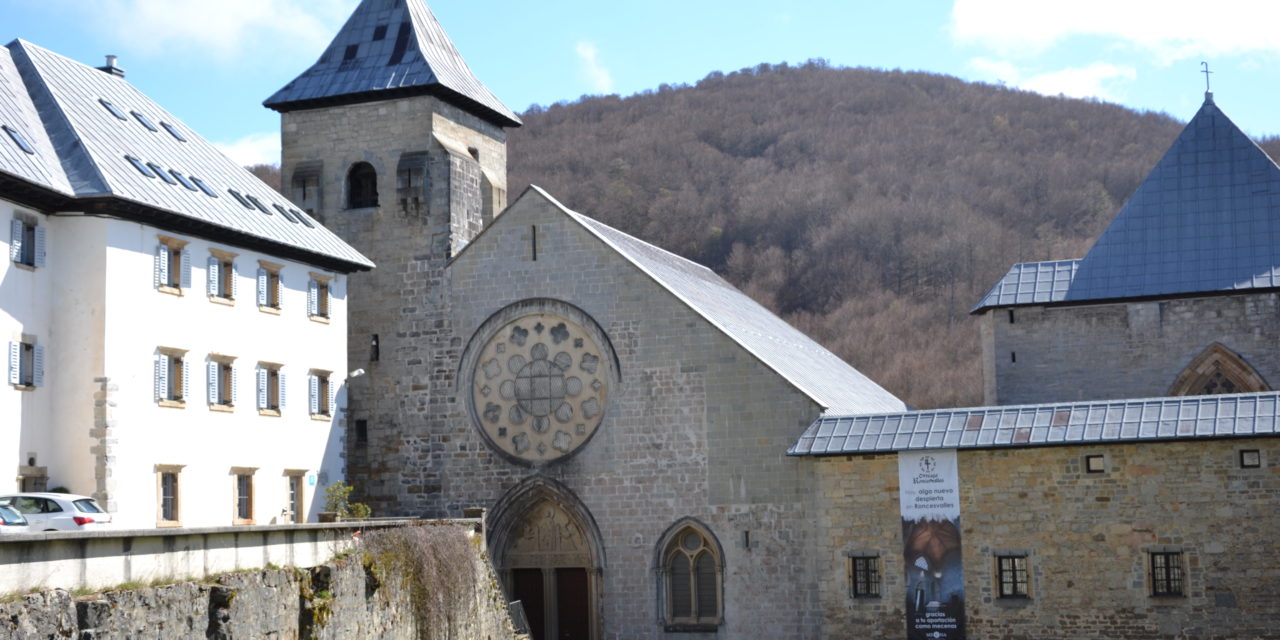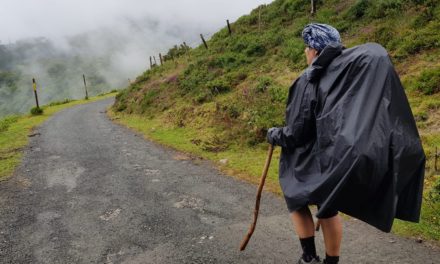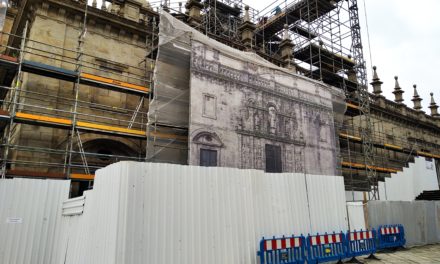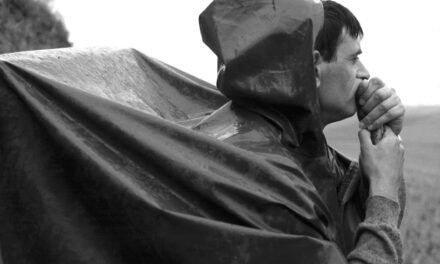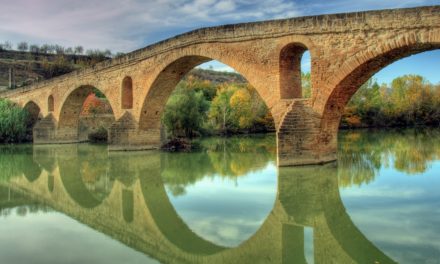Roncesvalles owes its extraordinary reputation thanks to medieval minstrels and pilgrims, medieval poetry and pilgrimages. Its fame is mainly due to one of the most legendary medieval exploits in the history of the West, the Battle of Roncesvalles: where the armies of Charlemagne liberated the territory that had been invaded and occupied by the Muslims. The battle took place in 778 and went down in history through ‘La Chanson de Roland’, the most famous epic poem of the entire Middle Ages. Located next to the border with France, at the foot of the Pyrenees, Roncesvalles is also a magical corner of the north of Navarre because of its natural beauty and history, one of those places whose visit is not forgotten.
Of the traditions and legends about the battle and its relation to the places of the French Way the Calixtino Codex tells: “… towards the north, there is a valley called Valcarlos, in which Charlemagne himself camped with his armies when the warriors died in Roncesvalles, and through which many pilgrims who go to Santiago and do not want to climb the mountain. Then, in the descent of the mountain is the hospital and the church where there is the rock that the powerful hero Roldán split with his sword from top to bottom with just three blows. Then there is Roncesvalles, a place where once the great battle was fought in which King Marsilio, Roldan and Oliveros and another hundred and forty thousand warriors were killed. ”
The foundation in this place of the Collegiate Church of Roncesvalles, one of the most important hostels for pilgrims since the Middle Ages, has given rise to numerous debates. Most specialists agree that, probably, beyond the legends and traditions, the collegiate church was founded in Roncesvalles because it had always been the place of passage between Pamplona and France, a hypothesis that is supported by the pre-existence of a Roman road. that united Bordeaux and Astorga.
The first news about its foundation dates back to 1127, when King Alfonso the Battler urged the Bishop of Pamplona to found in Roncesvalles an institution that could welcome and assist pilgrims who came through the Pyrenees and went to Santiago. A first hospital institution (hospital-hostel) was created, which appears in the first documents as “Caroli Magni Chapel” or “Capella Rolandi” and which, at the beginning of the 13th century, was endowed by King Sancho VII of Navarre with the current architecture of the time and the title of Royal Collegiate of Roncesvalles.
The Collegiate Church of Santa María de Roncesvalles went on to develop into an extraordinary church of Gothic style, considered one of the best examples of French Gothic of its time, which took the Notre-Dame Cathedral of Paris as a model for its ground plan and construction. Throughout the centuries the Collegiate Church suffered various fires and had to be rebuilt several times, undergoing very great renovations in the sixteenth and seventeenth centuries, when it also partly transformed its exterior that happened to partially hide its Gothic interior.
To the pilgrim who visits the Collegiate Church, we recommend you to come and contemplate the sculpture of the Virgin of Orreaga that is preserves in its interior. This is a carving of Mary and Child of great aesthetic value and the source of a popular cult. As to its architecture, we point out for particular mention the cloister and the chapter house, also known as the Chapel of San Agustín, room in which the tomb of Sancho el Fuerte is preserved, an extraordinary and large sepulchre of the thirteenth century, at the height of a monarch who, according to the tradition, measured 2.25 meters!
Between the space of the Colegiata also stands out a museum-library, in which documentary treasures and bibliophiles and other types of pieces are preserved, like the famous Chess of Charlemagne, with its board and pieces of great value and beauty that gave rise to several legends.
The whole of Roncesvalles is completed with other small buildings very close to the collegiate church: the gothic house Itzandegia, which is believed to have originally been a home or part of the hospital for pilgrims; a chapel dedicated to Santiago and, located between both, the Monument to the Battle of Roncesvalles, a simple monument reconstructed on several occasions, whose reliefs evokes the history of the hospital and the mythical battle.
Photo: We have taken this image of the Commons Wikipedia project, its author is Marianne Casamance.

